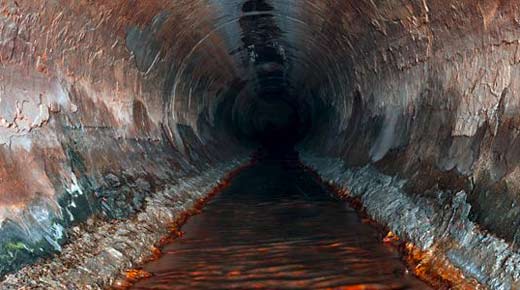Ageing wastewater systems are under threat from growing populations, urbanization, pollution. and climate change, not to mention human behavior. However, despite these challenges and fears for health and safety, the new ISO 24516 series is playing a key role in turning what many consider a burden into a valuable resource.
|
ADVERTISEMENT |
The alarm goes off and, as we roll out of bed, the daily routine kicks in—flush the toilet, take a shower, maybe run a bath, fill the kettle for the vital morning cuppa, perhaps turn on the washing machine and unload the dishwasher from the night before.
Most of us don’t give any of these a second thought until a blockage or a faulty part means having to search for the plunger or call in a plumber. We certainly don’t spend much time—in fact, probably none first thing in the morning—thinking about what happens to the water that is flushed into the sewage system or that drains away from the our kitchen sinks. When we turn on the tap for the kettle, unless the water is a strange color or smells, we take it for granted that the quality is good and it is safe to drink.
…

Add new comment